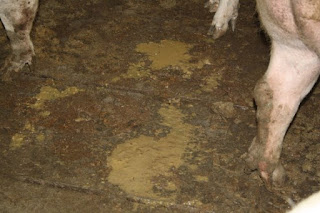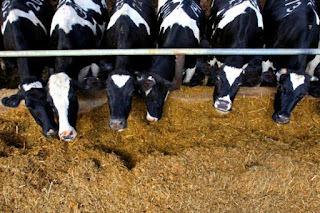 A man who is getting rabies shots after a monkey bit him on the head in Bali has warned travellers against going near the creatures.Anthony Wallace, of East Gosford, was on a seven-day holiday with girlfriend Libby McManus when he was bitten at Ubud Monkey Forest. After the bite happened, Mr Wallace went to a first-aid centre at the monkey forest.
A man who is getting rabies shots after a monkey bit him on the head in Bali has warned travellers against going near the creatures.Anthony Wallace, of East Gosford, was on a seven-day holiday with girlfriend Libby McManus when he was bitten at Ubud Monkey Forest. After the bite happened, Mr Wallace went to a first-aid centre at the monkey forest.A Balinese doctor cleaned the wounds with salty water and antiseptic and administered a tetanus shot.
He said the monkeys get tested for rabies once a year by an Australian doctor and the monkeys don't have rabies, but it was up to me if I wanted a rabies shot," Mr Wallace said. Mr Wallace, 46, sought advice from a Central Coast doctor when he returned home.
"The doctor told him "if you get rabies you will die".
Medical records showed rabies was almost always fatal after neurological symptoms had appeared.However, vaccination could prevent the disease even after exposure.Mr Wallace decided to undergo treatment, which included an immunoglobulin injection into the bite wounds."I had four injections into my scalp," he said."The right side of my head was puffed up like a balloon."
Additionally, Mr Wallace must have four shots of rabies vaccine over two weeks. Mr Wallace said the experience was "not something you'd like to see others go through".He and his girlfriend took precautions when visiting the monkeys, but had not realized the extent of the dangers they posed. They didn't take a backpack, sunglasses or hats to ensure the monkeys had nothing to grab."They had signs saying 'don't stare at or tease the monkeys'," Mr Wallace said. A lady was selling bunches of bananas to feed the monkeys, which they agreed to do.
"One of the big monkeys jumped on my shoulder – I thought that was pretty cool," he said."I gave the monkey the banana and it started to eat it." He didn't touch or provoke the monkey."Something dropped on my pants, I looked down and the monkey kind of freaked out."
It dropped the banana, wrapped its arm around his eyes and took "a couple of big bites of my head", jumped off and ran away.
Australia's smartraveller website strongly advised people to "avoid direct contact" with monkeys, dogs and other mammals in Indonesia because of rabies risk. BA World Health Organisation fact sheet said rabies infection "causes tens of thousands of deaths every year, mostly in Asia and Africa".
Rabies is a vaccine-preventable viral disease which occurs in more than 150 countries and territories. Dogs were the source of most human deaths from rabies. The disease was present "on all continents", except Antarctica. More than 15 million people a year receive a post-bite vaccination.
Culled from Newcastle Herald.










